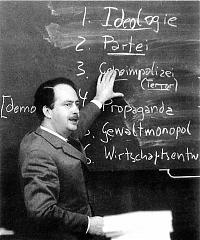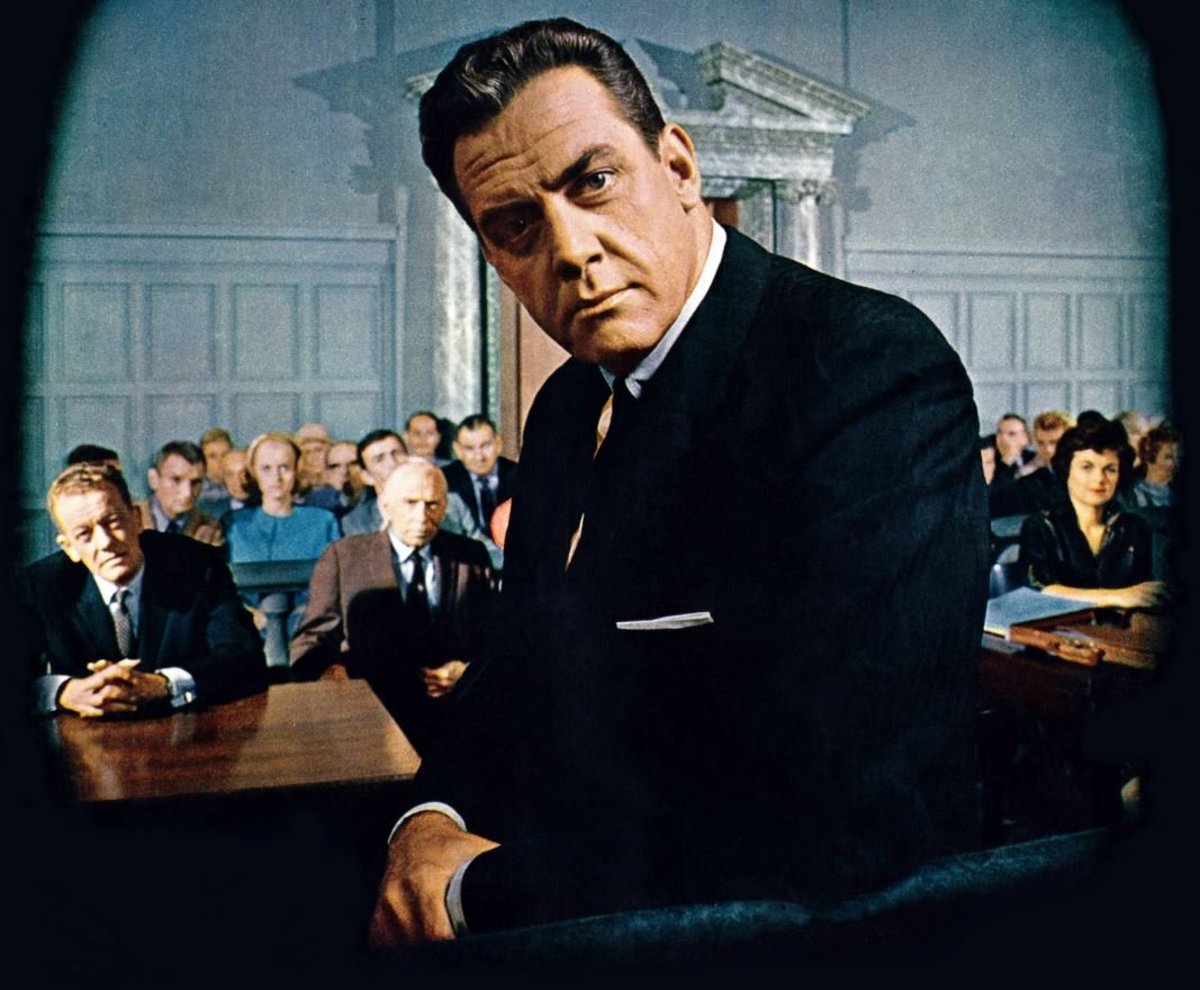Dahrendorf’s Theory of Authority

For this blog, I will be talking about Ralf Dahrendorh and his theory of conflict but more specifically to the theory of authority. According to Ritzer, George and Jeffrey Stepnisky (2013) states that Dahrendorf’s theory of authority is not based on the individual itself but the position of power that the person has. An example that I can think of would be how a manager of a job knows they are in charge but it is up to them of how they want to represent themselves to their employees, they can either be a good boss and knows what they are doing or they can be a boss where they take things where they feel they can get away from things and they know no one will say anything to them because they are in charge. For the video, it shows that the theory of Ralf Dahrendorh, the audio of the video is not that great but the information that the video is trying to present does give great information about the theory of Ralf Dahrendorh. The video does show how he was influenced by the theory he had made, it explains the definition of conflict theory and how authority comes in and how it is being used today.

The first link that I found explains about Ralf Dahrendorh himself and shows a little bit of himself of his work and how he came to be the person he was. The reason I chose this link was so we can understand more about who he was and how he became the person he was. The link to the website that explains about him is http://www.nytimes.com/2009/06/22/world/europe/22dahrendorf.html. The second link that I found is more of a presentation that shows how Marx and Dahrendorf had similar views of social conflict, Dahrendorf shows that the conflict is the main issue about all societies even though he does not agree with the class conflicts. The link for this website that I found is https://prezi.com/jb8xvggae6da/conflict-theory-marx-and-dahrendorf/.
Another example that I can think of and we also worked in class that helps explain Dahrendorf’s theory of authority is the Zimbardo’s experiment because it shows how the guards were given the positions of overseeing the prisoner. At first, the guards did have a difficult time being guards because the prisoners went to the same school as they did and, they were about the same age. Later, of the experiment, we could see that the overtime the guards were taking their jobs seriously and started to abuse their power over the prisoners. The prisoners did not have any choice but to listen and do what they were told because to their position of authority they did not have at all. The guards were abusing their power of authority to the point they would make the prisoner say and do things they did not agree with that they were starting to believe what they were told what they are and they were left with some psychological issues. The experiment was little harsh to see how Dahrendorf’s theory of authority is played out but there are situations that can be like the experiment but people choose not to say anything again based on the position of authority they have. It is very important that when we see someone abusing their power we can help them realize the wrong they are at.

The first article that I found is based the critiques that Dahrendorf had of Marx’s theory of class, according to Hazelrigg, L. (1972), states that Dahrendof did not agree with Marx’s explanation of the property. Dahrendof explanation of authority is not like Marx’s and he was trying to show how he was well put. For the next article that I found is talking about authority and class conflict, according to Lopreato, J. (1968) states that Dahrendof is trying to explain how authority and class conflict are related. It shows how those two things do work together on how people think about the position they are in. So I feel that class does have an effect of the position of authority one can have if they are in the lower class they are less likely to have so much power in authority.
References
Hazelrigg, L. (1972). Class, Property, and Authority: Dahrendorf’s Critique of Marx’s Theory of Class. Social Forces, 50(4), 473-487.
Lopreato, J. (1968). Authority Relations and Class Conflict. Social Forces, 47(1), 70-79.
Ritzer, George and Jeffrey Stepnisky. 2013. Contemporary sociological theory and its classical roots: the basics. New York, NY: McGraw-Hill.







